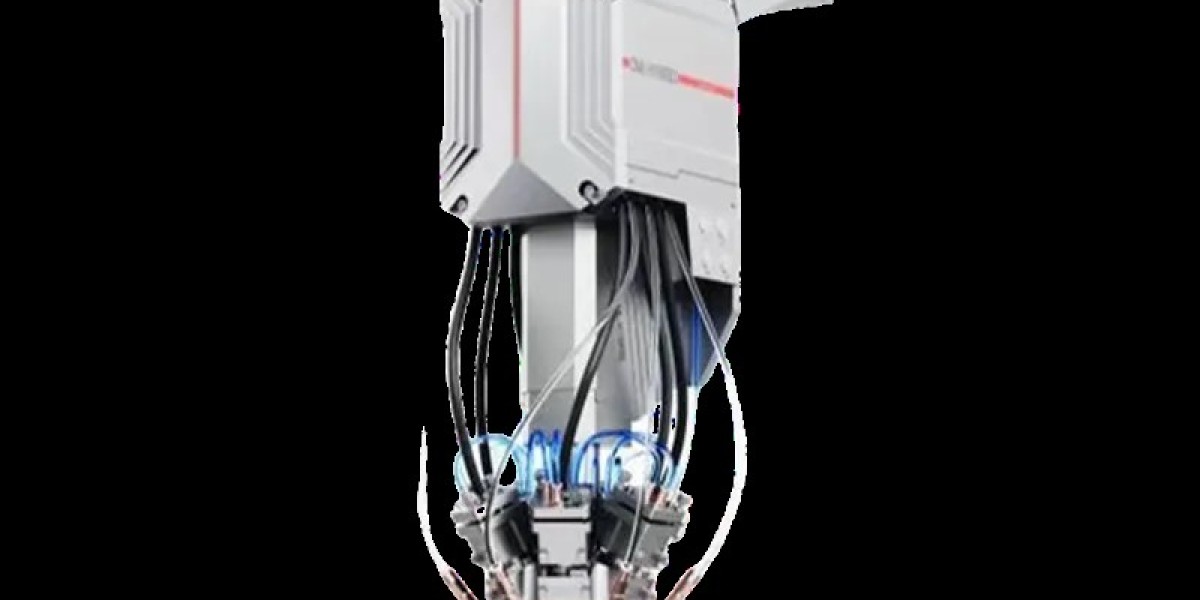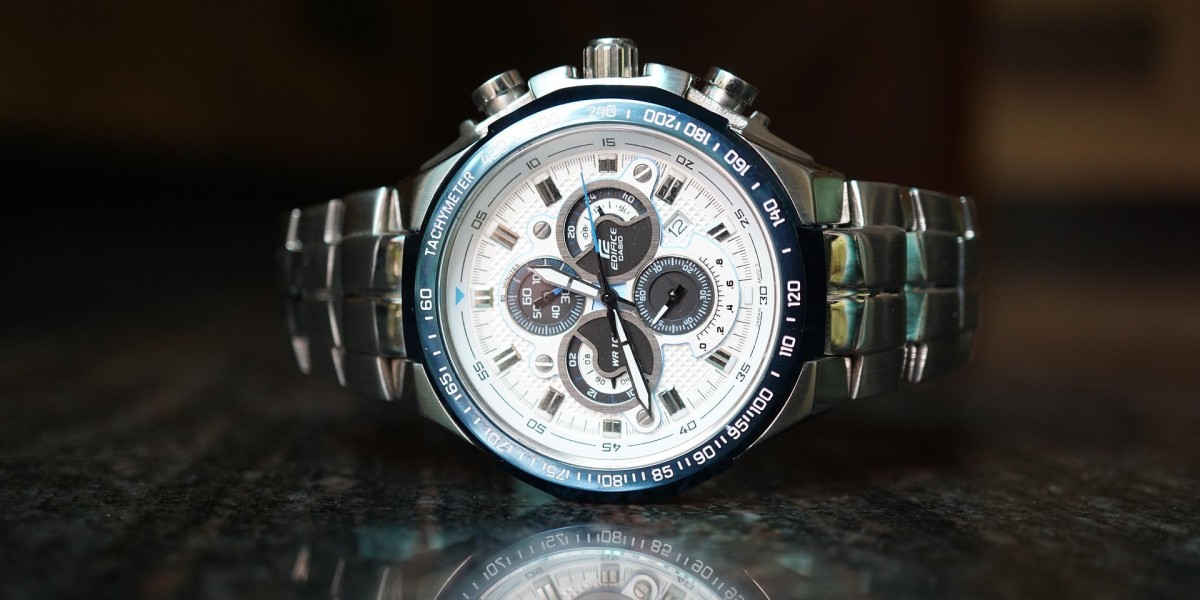Flexibility in Design and Complexity
One of the key advantages of Additive Manufacturing processes is the design and creation of complex parts. Components such as inner channels, customizable shapes, and lightweight lattice structures can be done without additional tools. As such, engineers can now focus on improving the functionality of parts, allowing for material optimization.
Traditional methods of manufacturing often lead to a lot of material waste, especially when machining parts from metals such as steel or aluminum. Additive manufacturing is a more efficient method as it builds objects layer by layer and only where it is needed. This not only limits the costs of material, but also has a positive impact on the environment. In the case of precious metals like titanium or Inconel 718, this method can further reduce costs.
Rapid Prototyping and Iteration
With the help of additive manufacturing, designers are able to quickly test and refine parts of a prototype, allowing for rapid prototyping. Additive manufacturing makes it easy to implement changes to the design through digital models which streamlines the printing process of new models. As a result, new models are available within days. This helps to shorten the product development cycles, accelerates the time to market, and increases responsiveness to customers and market changes.
Customization and On Demand Production
Additive manufacturing enables mass customization as well as on demand production. Rather than churning out mass production, manufacturers can design parts tailored to specific needs. This is extremely beneficial in the aerospace, medical, and automotive sectors, as each part needs to be manufactured according to specific standards and precise performance metrics.
Cost Efficiency and Supply Chain Optimization
The initial cost of buying an additive manufacturing system can be blunt, however, spending comes with its perks in the long haul. The overall spending can be decreased with the reduction of manual work, material waste, and a streamlined assembly. Moreover, production on demand allows for manufacturing on site, which eliminates long supply chains, high shipping costs, and the need for bulky inventory.
Performance and Material Properties
As with modern technologies like Directed Energy Deposition and Wire Arc Additive Manufacturing, high performance alloys and metals can be used. Parts made with these processes possess high strength, heat resistance, and durability. These features enable their acceptance in critical applications like aerospace components, energy sector machinery, and high performance industrial tools.
Sustainability and Future Potential
Additive manufacturing technologies support sustainable manufacturing. They have less waste of materials, consume less energy, and have processes with fewer emissions as well as increased part repairability and refurbishability. With further advancements in technologies and more materials becoming available, we are certain that developments in additive manufacturing technology will continue to thrive and usher in new innovations to transform traditional manufacturing processes.







